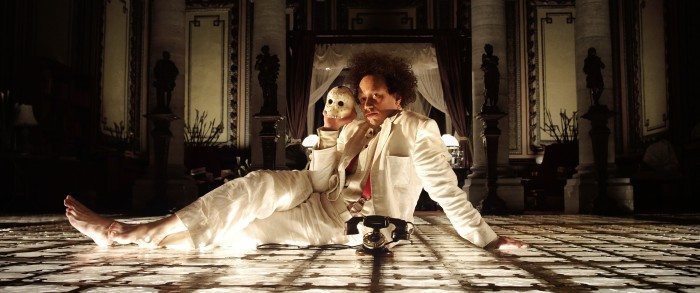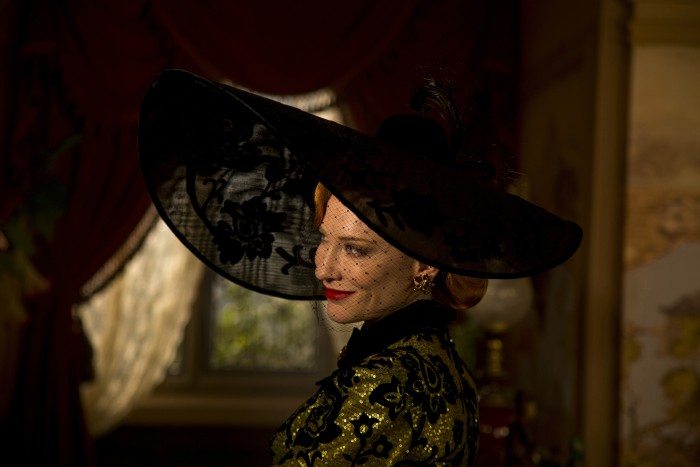Berlinale 2015: The Round Up
Before I went to the Berlinale I didn’t think there was such a thing as watching too many films. Nine days and 30 films later, I was positively ex- hausted. What was so overwhelming was the sheer range of films on show. From prestige pictures, to experimental documentaries, to delightful indies, it truly represented a whole cross-section of film. Some films were great (The Summer of Sangaile, Queen of the Desert) some were terrible (Nasty Baby, The Greenery Will Bloom Again) and some were simply average (Taxi, Mr Holmes).
I traveled several countries, from Taiwan to Lithuania to Brazil, all whilst hanging around Potsdamer Platz. Yet despite this vast variety of techniques and locations, some themes and innovations kept cropping up again and again, showing that some trends are becoming more universal. A festival is a handy way of seeing the way cinema is going, and I think these trends will be more preva- lent in the future.
The possibilities of digital camera
In the old days when directors only shot on film, there was only a set amount of time they could shoot a scene for before changing the reel. Now with digital cameras, this is no longer the case, and you can quite literally create a movie in one take. This was first seen in 2002 with Russian Ark, which was all one tracking shot over 80 minutes long. Now this has been bettered with this years’ Victoria, a heist thriller set in Berlin, with a 140 minute tracking shot that somehow followed the actors through nightclubs, spatkaufs, and rooftops. The technique really added to the immediacy of the premise, and made it an immersive experience that was hard to forget.
Digital trickery was also seen in Peter Greenaway’s Eisenstein In Gaunajauto, in which several tracking shots are artificially stitched together, with the characters ending up in multiple places within the same frame.
So digital isn’t the safe and boring alternative to film it is made out to be, rather it has its own potential for expanding the language of cinema.
Dealing with the past
Several films were backwards looking, illuminating aspects of the past so their characters could attempt to move forward. Mr. Holmes, featuring a very grouchy Ian McKellen, sees the famous sleuth looking back at his final case, the facts of which are a mystery as a result of his dementia, in order to die knowing he did the right thing.
Queen of Earth plays with different time frames also, juxtaposing two summers between friends, fully exploiting the irony of their shifting relationships. This harsh presentness of the past is also seen in films such Thanatos, Drunk, Flotel Europa, Unoccupied and Chorus, making it an important device in shaping character and mood.
But you have to give it the top prize to Terrence Malick, who seems to create a film unburdened from time in Knight of Cups, a film which somehow seems totally unstuck in time so we never know quite where we are.
As much as the films at the Berlinale point toward a new, exciting era of film – one in which it’s constantly evolving – the legacy of the past is never far behind.
The prevalence of female roles
On the whole, female-centric films won the festival this year. Whether it was the two excellent performances from Aiste Dirziute and Julija Steponaityte in The Summer of Sangaile, Cate Blanchett’s hilarious turn as the evil stepmother in Cinderella, Nicole Kidman as Getrude Bell in Queen of The Desert, or Laia Costa’s memorable role in Victoria, female roles far outshone their male peers.
There should be a day when we don’t notice this kind of thing, but given the dearth of great female performances in the Oscars (is Laura Dern really worthy of a nomination?) here is some hope for a more equal industry.
Images: Berlinale.de




Comments